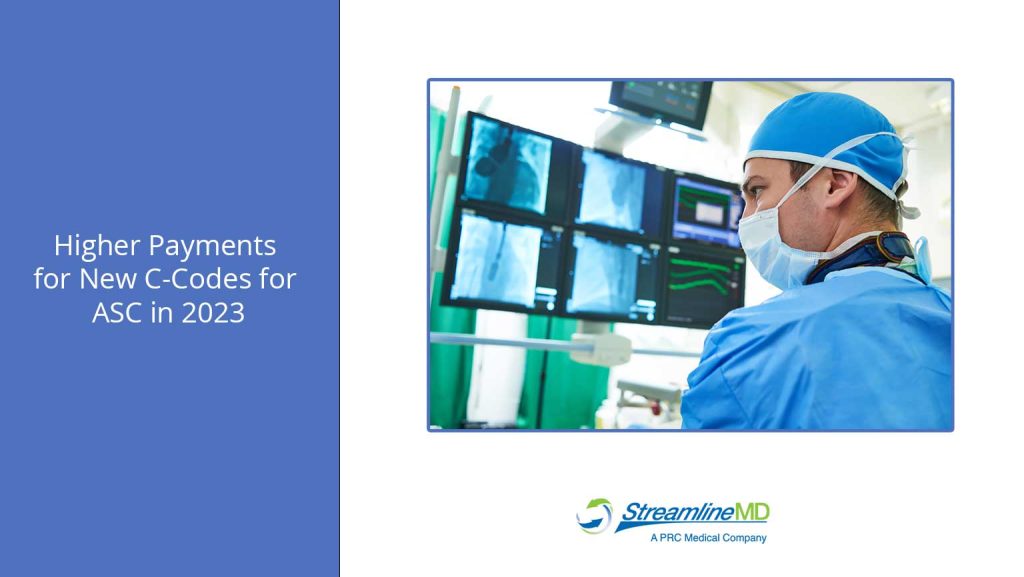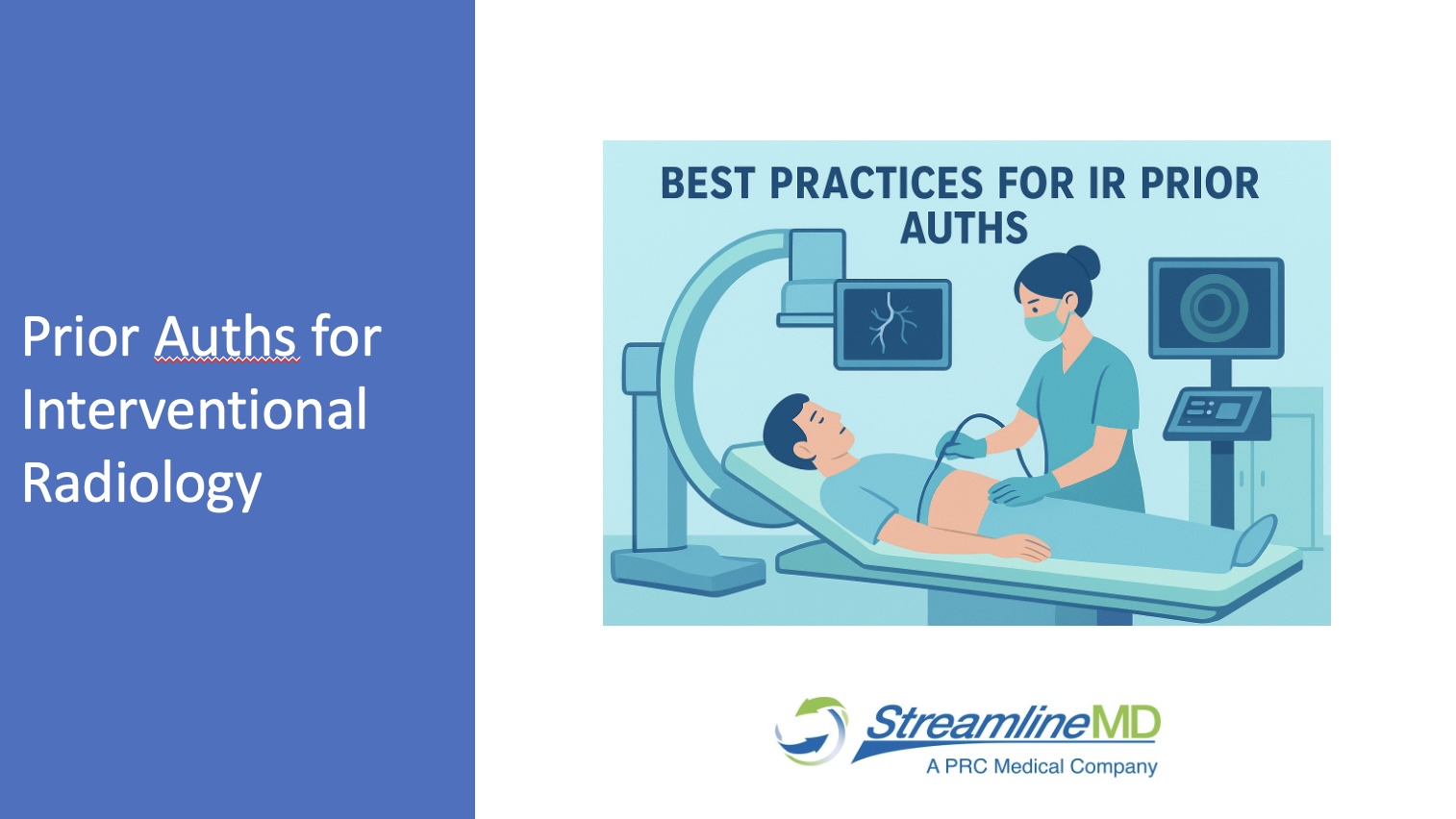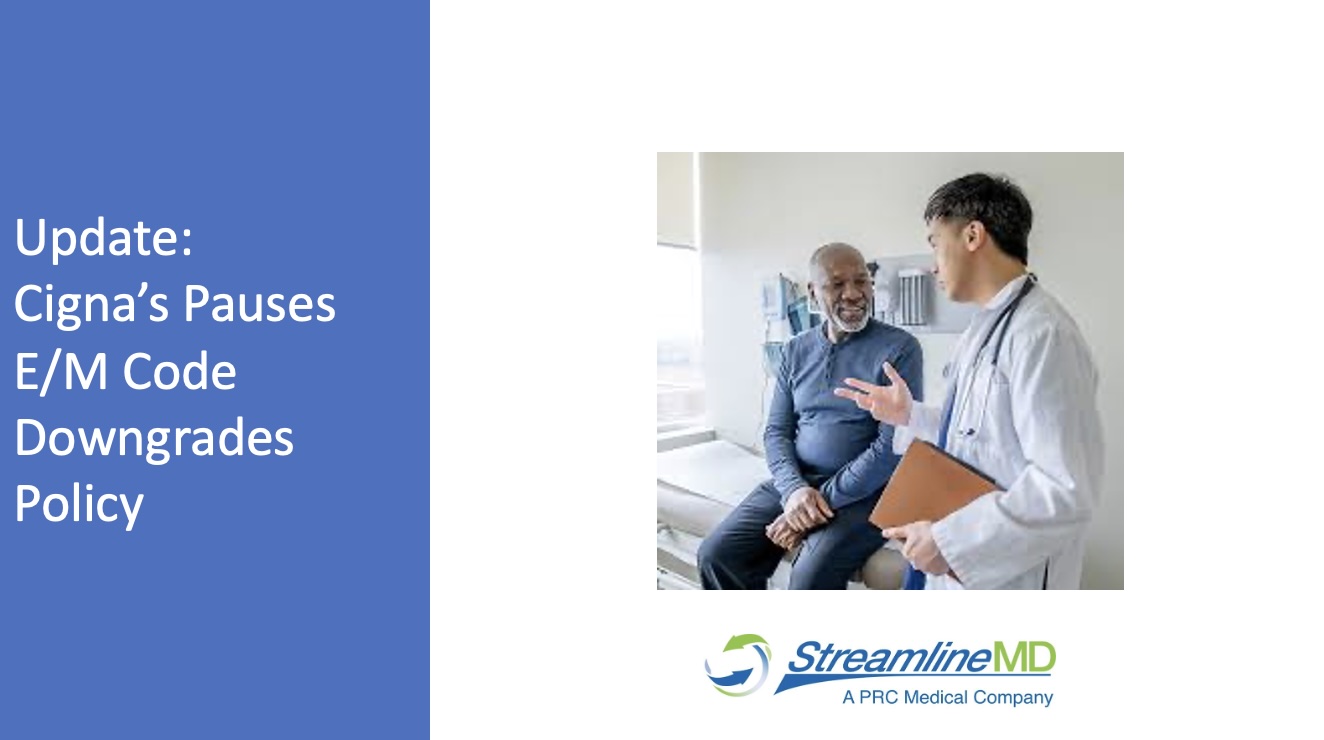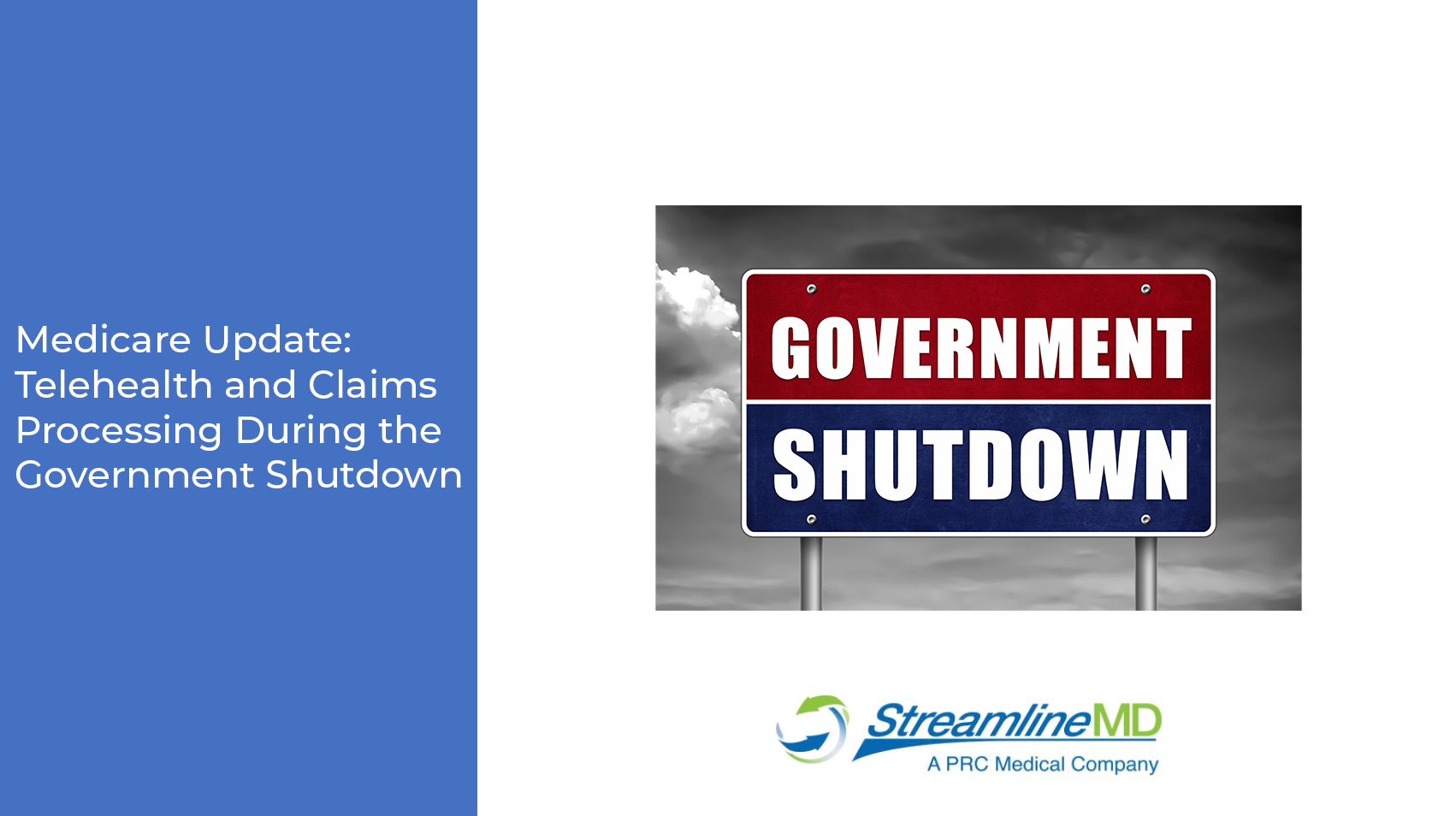Historically, CMS created and assigned “C” codes (alpha/numeric) for devices such as drug eluding stents (DES C9600-C9608) and/or hospital billing under HOPPS. For 2023, CMS created approximately 50 new C codes specifically for billing in the Ambulatory Surgery Center (ASC) setting, several of which affect coding and billing for some Interventional Radiology and Cardiac Catheterization procedures.
These procedures specify surgical interventions which are appropriately performed on an inpatient basis in a hospital, but which can also be performed safely on an ambulatory basis in an ASC, critical access hospital, or hospital outpatient department.
New ASC codes C7500-C7555 for Interventional Radiology & Cardiac Catheterization
These new C codes report and drive the higher level of complexity adjustments which allow for additional packaged payments in ASC settings only. These codes are not for hospital billing or OBLs.
These bundled procedures are performed together during the same session. Multiple levels of the spine, multi-lesion breast biopsies, nephro-ureteral dilation, etc. are bundled into package payments with higher reimbursement than billing Category 1 CPTs individually.
However, CPT C7535, Fem/Pop revascularization with stent & IVUS is the exception to this hierarchy as the projected reimbursement is lower than billing category 1 CPT code (see following tables). ASC payments are typically ~60% of HOPPS reimbursement. There are four levels of reimbursement in this payment methodology and this code is Level 4, which is the ceiling for reimbursement, Therefore, it will max out.
Theoretically, if significant volumes of claims are submitted for this code, it should drive up the Level 4 APC reimbursement rate for this service the following year.
However, this does not translate to billing the Category 1 CPT code(s) instead of C7535 to capture a higher reimbursement rate when performed in an ASC. When CMS develops and implements new codes, CMS tracks the service(s) to establish utilization, payment methodology as well as develop future policies for billing and reimbursement. Therefore, it behooves the specialty to utilize newly developed codes and to be an active participant in shaping the future of your specialty practice business models.
There is a 90-day grace period to implement the new codes.
The description for these code sets is specific and will at times require Level 1 CPT coding in addition to Level 2, HCPC combo coding.
Example: Revascularization of the Lower Extremities code series supports diagnostic arteriography code with modifier 59 to be billed if one of the following scenarios (as appropriate) is documented in the report to support medical necessity:
- No prior study is available, and a full diagnostic study is performed
- A prior study is available, but as documented in the medical record another angio is needed due to:
- Inadequate visualization of the anatomy and/or pathology
- The patient’s condition with respect to the clinical indication has changed since the prior study
- A clinical change during the procedure that requires new evaluation.
If not documented as medically necessary for one of these reasons, it is considered roadmapping and non-billable. With medical necessity documented in the report, reimbursement can potentially be higher than stated in the following tables.
Categories of Combined Codes for Interventional Radiology & Cardiac Catheterization:
- Breast biopsies with stereotactic or MRI guidance
- Vertebroplasty & Kyphoplasty – multiple levels
- Dialysis revascularization
- Selective angioplasties
- Revascularization lower extremity fem/pop arteries
- Biliary exchange
- Selective nephrostomy procedures
- Cardiac cath with flow reserve measure
- Cardiac cath with IVUS
- Pacemaker with left ventricle lead
See link to tables below for a crosswalk of coding & reimbursement
Link to 2023 C Codes Crosswalk Tables
SUMMARY
- For this new series of codes, C7500 – C7555, it is important for each practice to report the complexity of multiple procedures during the same session by billing these new codes.
- Be sure to capture charges for diagnostic angiography as appropriate when performed for medical necessity as outlined above.
- This is also an opportunity to expand treatment that has historically only been allowable in hospitals and further establish quality care provided to patients at a lower cost to them as a consumer in OBLs.
- Update report templates, pre-auth code check-lists, fee schedules, and RIS/EHR prior to January 1st to ensure required documentation is captured for optimum billing and reimbursement.
- Share this information with your practice management and coding teams to guarantee your office is ready for 2023 changes.
Resources:
Federal Register, NCCI, CMS, MPFS
Questions? Please email bkujawski@streamlinemd.com.
StreamlineMD provides EHR & RCM Software & Service to Imaging & Image-Guided Procedure Specialists. Our Mission is to Improve Healthcare for All Americans. Our Core Values that guide us on our mission are Service Quality, Teamwork, Accountability, Efficiency, Adaptability, Communication, and Integrity. Learn more about us at streamlineMD.com.




